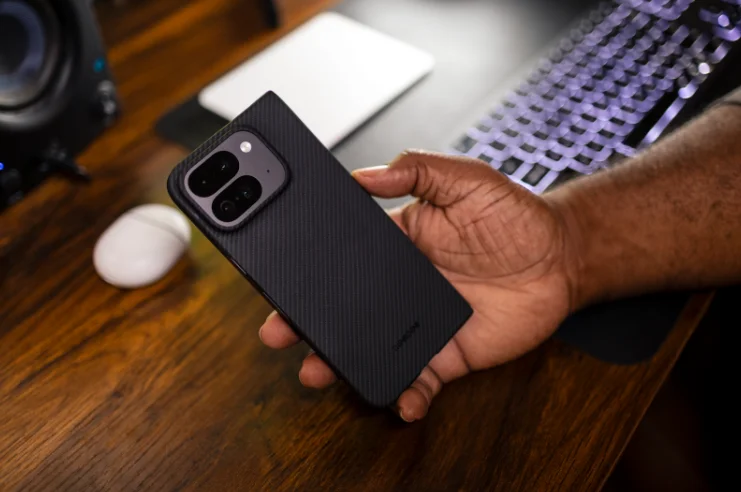IoT SIM Cards: Enabling Seamless Connectivity for IoT Applications

In our connected world, staying online reliably is everything—especially for IoT applications. At the heart of this connection is the IoT SIM — a special kind of SIM card designed to keep things running smoothly, securely, and without interruption. Let’s take a closer look at what makes IoT SIM cards so important, how they work, where they’re used, and how to pick the right one for your needs.
What Exactly Is an IoT SIM Card?
An IoT SIM isn’t your everyday SIM card like the one in your phone. It’s built specifically for the unique demands of IoT connectivity—keeping applications linked no matter where they are. These SIMs can switch between multiple cellular networks, so even if one network is spotty or down, the connection stays alive.
What’s cool is how easy it is to manage lots of these SIMs at once. Whether you’re connecting a handful or thousands of applications around the world, IoT SIMs let you control everything from a central place, making life a lot simpler.
How Do IoT SIM Cards Keep Things Connected?
Think of IoT SIM cards as the bridge between your applications and the cloud or backend systems, all through cellular networks. They support a wide range of technologies—from older 2G networks to the latest 4G LTE and 5G systems—so compatibility isn’t an issue.
Another big plus? These SIMs can roam across different carriers automatically. That means if one network isn’t great in a certain spot, the SIM switches to a better one without missing a beat. This is super important when you’re dealing with applications that need constant, real-time data, like tracking shipments across countries or monitoring infrastructure in remote areas.
Why Use IoT SIM Cards?
IoT SIM cards do more than just keep you connected. They help your project grow without headaches. Managing thousands of connections is much easier when you can handle everything from one dashboard. Plus, security is baked in—they use encryption and authentication to keep data safe while it travels.
From a cost perspective, they’re smart too. By choosing the best available network, they help avoid those nasty roaming charges. And because they can jump between networks, you get fewer outages and more uptime.
Where Are IoT SIM Cards Making a Difference?
You see IoT SIM cards powering all sorts of projects today. Smart cities use them to keep traffic lights and environmental sensors connected, helping make cities safer and more efficient. In the automotive world, they’re the secret sauce behind fleet tracking and vehicle diagnostics, making sure everything runs smoothly on the road. Industries like manufacturing rely on them to connect machinery and keep an eye on operations, reducing downtime and saving money.
What Should You Look for in an IoT SIM Provider?
Picking the right provider means thinking about what matters most for your project. Coverage is key—make sure the SIM works well wherever your applications will be. Pricing matters too; flexible plans that fit your data needs will keep costs reasonable.
You’ll also want a management platform that’s easy to use for setting up and monitoring your SIMs, especially if you’re handling a large rollout. Security features like encryption and secure authentication can’t be overlooked, and having helpful support from your provider will save you stress if anything goes wrong.
Quick Recap of IoT SIM Benefits
- Reliable connection through multiple networks
- Easy centralized management
- Strong security to protect your data
- Cost savings with smart network choices
- Compatible with current and future cellular tech
What’s Next for IoT SIM Technology?
The future is looking exciting. New tech like eSIM and iSIM means you won’t even have to swap SIM cards physically anymore—everything can be set up remotely. Plus, as 5G networks roll out more widely, IoT SIMs will deliver faster speeds and support more connections than ever before.

The Hidden Business Power of Storytelling Through Books

Diamond Painting Apps & Digital Tools for 2025 Artists

Meeting Global Tastes: The Versatility of Commercial Tortilla Makers

Accelerating drug discovery through the DEL-ML-CS approach

AI in Marketing Is No Longer a Buzzword — It’s the Strategy

The Full Guide To Penetration Testing

Pixel 10 Pro Fold Case: Why Choose Aramid Fiber?

MT4 for Mac vs Windows: Which Version Works Better for Traders








